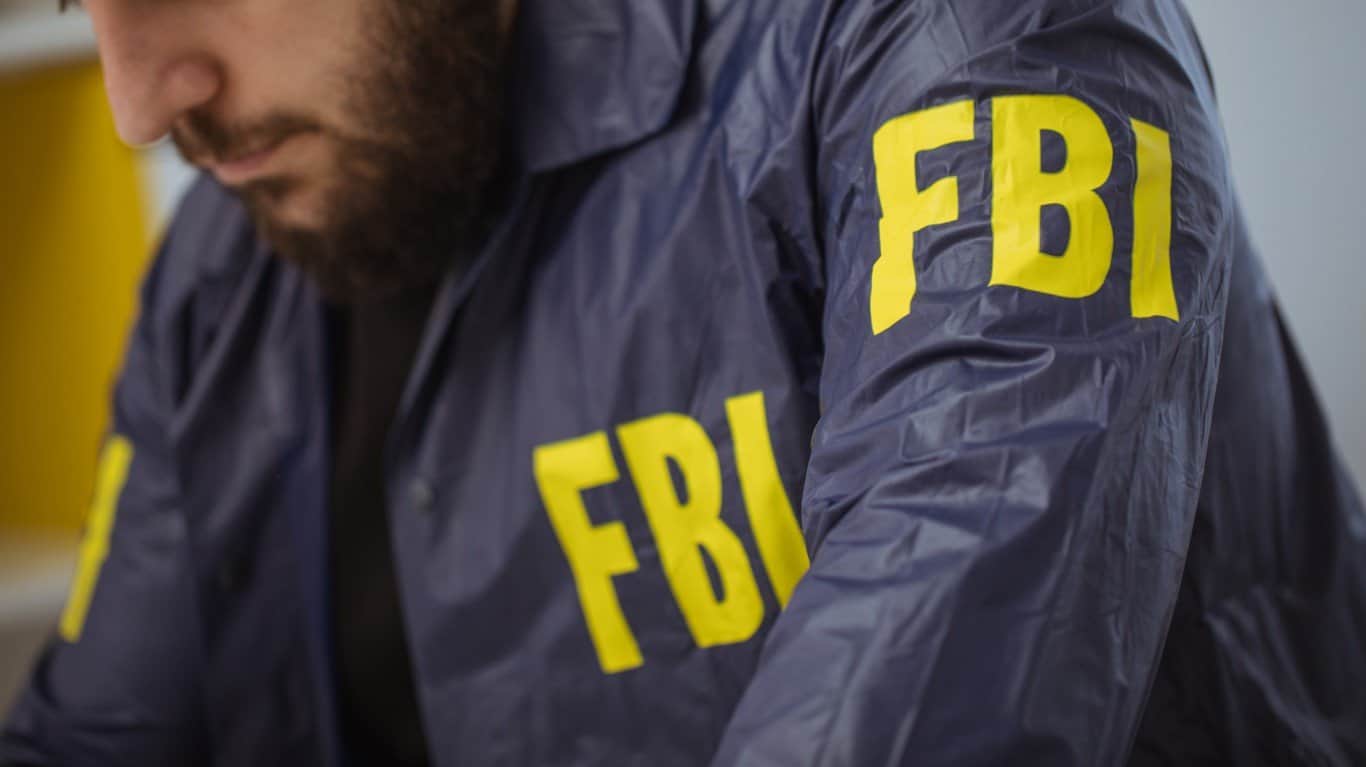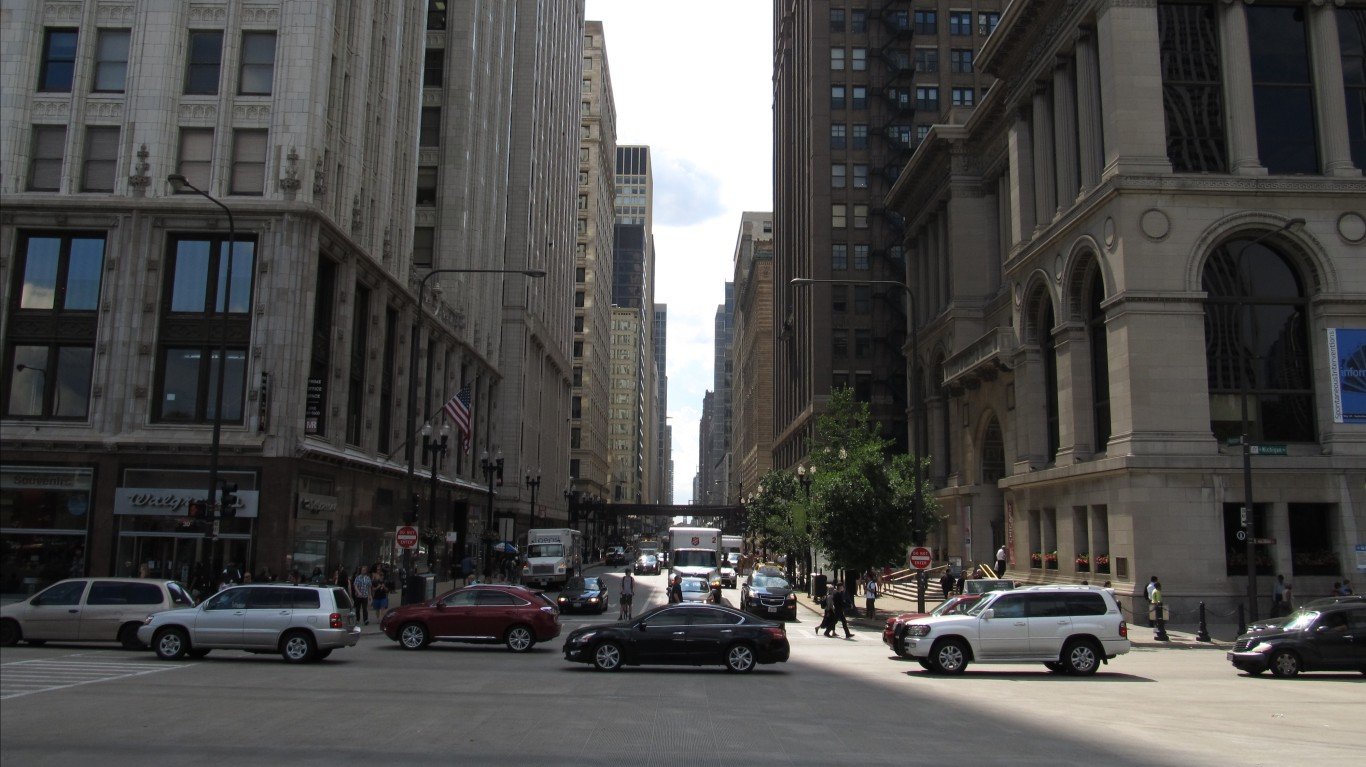Since its inception, the Federal Bureau of Investigation (FBI) has been tasked with identifying interstate criminals. Though the exact purpose of the agency, along with its name, has changed and evolved over the decades, it has held a deeply committed mission to bring the worst of the country’s criminals to justice.
In this article, we will explore 15 of the most famous major cases in FBI history. Some are tragic, some are bold, and others are downright bizarre. (For a more specific type of crime, explore the most infamous white-collar criminals of all time.)
To compile a list of the most famous major cases in FBI History, 24/7 Tempo relied heavily on the well-documented cases in the Major Case section of the FBI website. Next, we selected cases concerning different crimes and ones that took place in vastly different eras. After that, we consulted other historical sources like the Oklahoma Historical Society for specifics on certain cases.
Escape from Alcatraz
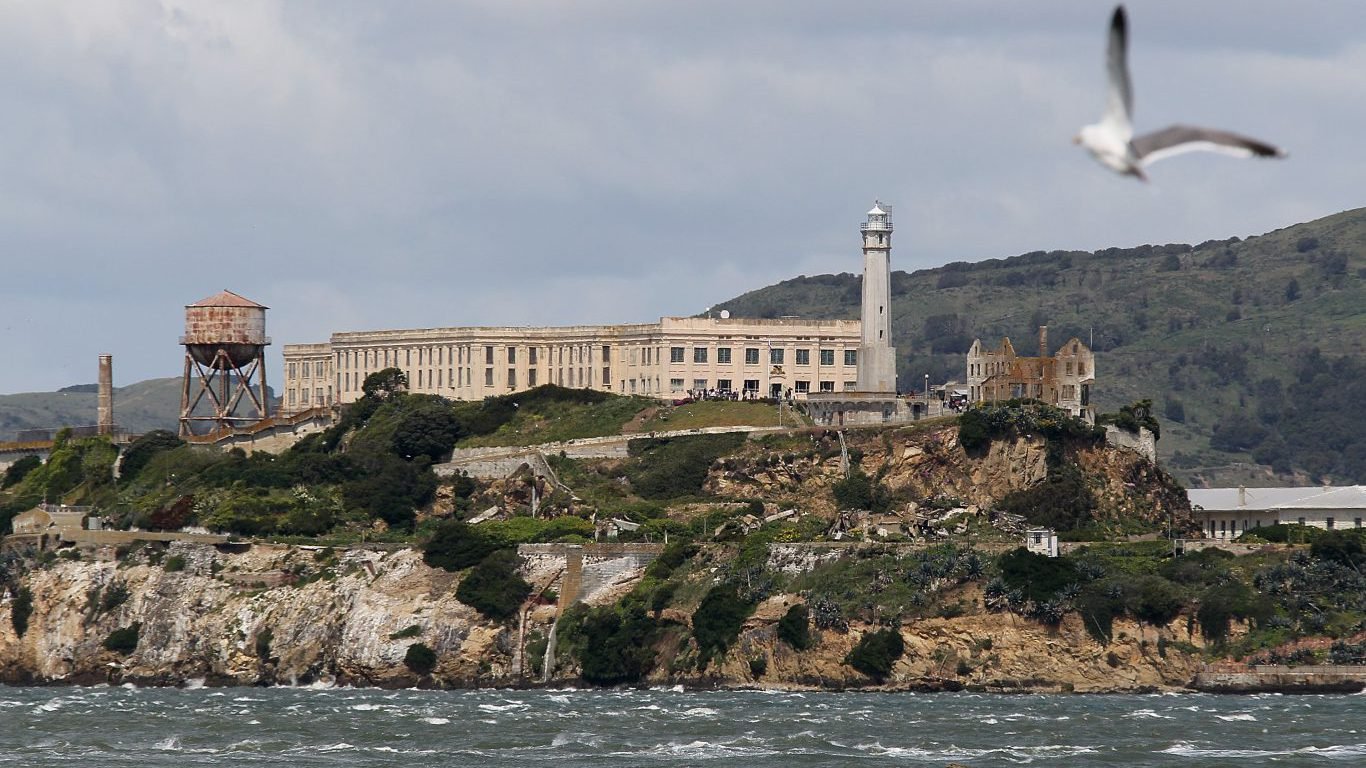
One of the most famous major crime cases in FBI History is undoubtedly the escape from Alcatraz. In June 1962, inmates Clarence Anglin, John Anglin, and Frank Morris fashioned paper-mâché heads, stuck them in their cots and escaped from the infamous prison through ventilation ducts. From there, they boarded a makeshift raft and sailed off through the San Francisco Bay to parts unknown.
It took a day for their plot to be uncovered, and by then, swarms of investigators including the FBI were on the case. Authorities searched the Bay and surrounding areas but uncovered little evidence. The FBI concluded that the men likely drowned, but hedged their bets and kept them on the FBI’s Most Wanted List. In the decades following, numerous books and movies have depicted the daring, dangerous prison escape.
RESMURS CASE

The Reservation Murders (also known as the RESMURS Case) involved the death of two FBI agents. On June 26, 1975, FBI agents Ronald Arthur Williams and Jack Ross Coler arrived at the Pine Ridge Reservation in South Dakota. Intending to serve a warrant, they instead spotted a red and white truck and phoned it in. Little did they know that the truck contained Leonard Peltier, a wanted felon and activist willing to do anything to escape confinement.
Peltier and company ambushed the agents, shooting them both. Though the agents managed to radio in the attack, by the time supporting agents arrived, they too, were shot at. Only after the shooting died down, were the two agents’ bodies recovered. What followed was a lengthy and violent attempt to secure those responsible. Eventually, Peltier and company were taken into custody in various North American locales and put to trial.
Black Dahlia
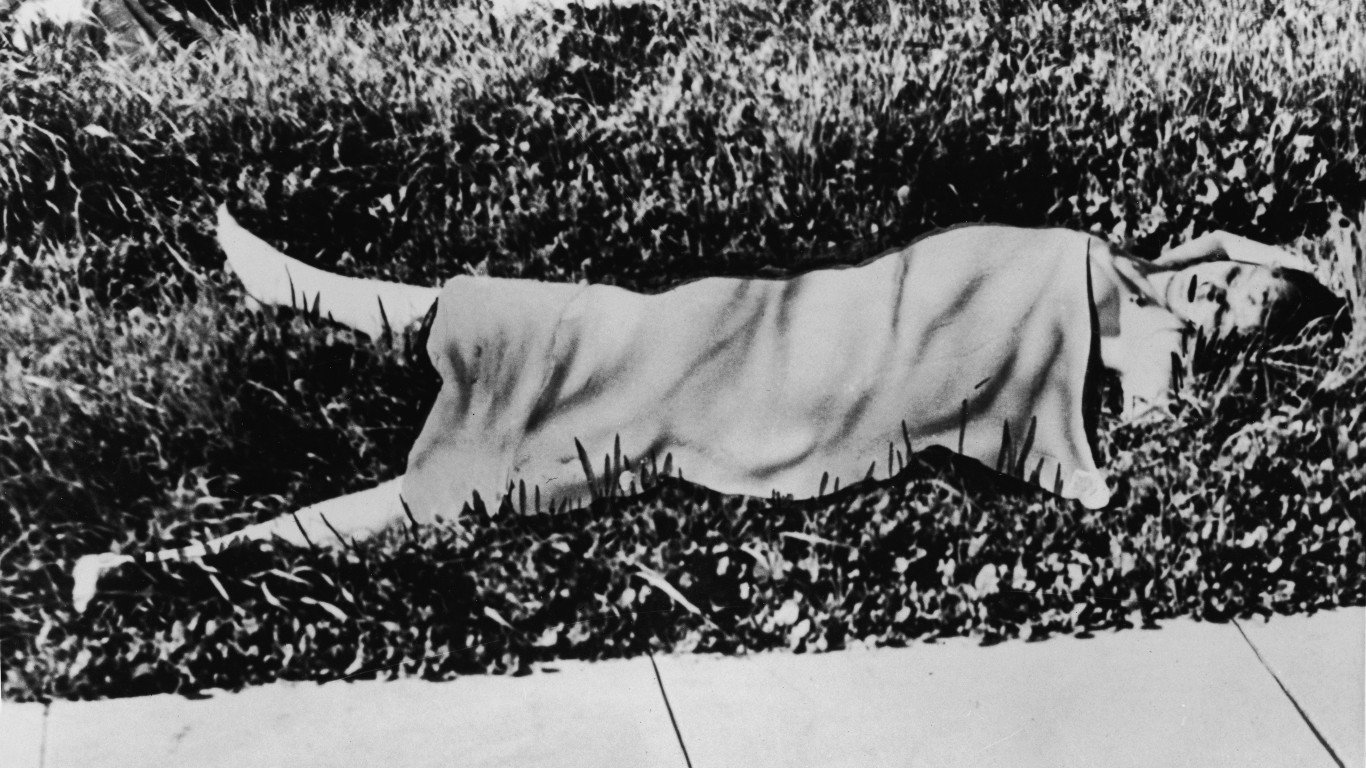
Another one of the most famous major cases in FBI history was the Black Dahlia Murder. On the morning of January 15, 1947, aspiring actress Elizabeth Short’s mutilated and dismembered body was found in a vacant lot in the Leimert Park neighborhood of Los Angeles. Brutally killed and humiliated, the LAPD quickly searched for possible motives and the killer.
Less than two weeks later, various Los Angeles newspapers received packages containing the Short’s belongings. The packages were cleaned with gasoline, much like the body, so little evidence could be gleaned from them. Though the FBI and the LAPD investigated a long line of suspects, no one was formally charged with the murder. As such, it remains unsolved to this day.
Nussbaum and Wilcoxson

An arguably less known major case from the FBI vaults is the case of Alfred Nussbaum and Bobby Wilcoxson. The partnership started after the pair met in an Ohio prison. Upon release, they reunited and began robbing banks, starting with a Buffalo, New York bank in December 1960. From there, they pulled off a series of bank robberies, netting them the equivalent of $2.3 million in today’s money.
Their luck soon ran out, however. Besides the FBI managing to lift a fingerprint off of one of the makeshift bombs they used as distraction in their heists, the pair killed a bank guard in the commission of a robbery. This made them fugitives and the pair went on the run, even robbing a few banks in the process, before they were finally captured separately a few years later.
Krupp Diamond Theft
A less-known, but equally wild major case in FBI history is the Krupp Diamond Theft. A wealthy woman named Vera Krupp lived on a ranch less than thirty miles from Las Vegas. She also owned several fabulously valuable diamonds. On April 10, 1959, three men knocked on her door with an offer to blacktop her driveway. Before she could respond, the team had forced their way inside, tying Krupp and company up, and fled with her diamonds along with other valuables and $700,000 in cash.
The FBI, correctly assuming it would be an interstate case, quickly got involved. They suspected a criminal named John William Hagenson to be behind it, and tracked him across the country before arresting him in Louisiana. As for his accomplices, James Reves and others were eventually arrested and the diamond was recovered. In an interesting bit of trivia, Vera Krupp later sold the diamonds to actor Richard Burton who gifted them to his wife Elizabeth Taylor. For other famous 1950s crime cases, discover the most wanted criminals of the 1950s.)
John Elgin Johnson
Another one of the most famous major cases in FBI history involves a career criminal named John Elgin Johnson. By the time he was a teenager, Johnson was already a criminal. What followed was a series of stints in jail or prison, punctuated by release and quick returns to crime including the robbing of banks. Eventually, he was released from Alcatraz and moved to Los Angeles, giving the appearance of a man willing to transform his life for the better.
All that changed after he was suspected of murder, leading him to go on the run. Not long after, the FBI tracked the fugitive Johnson to Baltimore. Soon, they received word he was watching a movie at the Town Theatre. After they arrived, FBI agents cornered Johnson in a phone booth. Sensing danger, Johnson shot at the agents, fatally wounding one. The agents returned a volley of fire, killing Johnson where he stood.
Jack Gilbert Graham

Another one of the most famous major cases in FBI history is no doubt, the bombing of United Airlines Flight 629. After the plane exploded over Colorado, killing all 44 people on board, the FBI and other agencies raced to discover the machinations of the plot and who was behind it. Though the evidence was ambiguous at first, they soon narrowed down their search to the son of one of the victims, Jack Gilbert Graham.
After they found evidence showing Graham’s criminal history, they searched his house where they found a life insurance policy taken out on his mother just before the plane took off. Graham was arrested and quickly confessed to the bombing, offering not much motive except greed. Eventually, he was sentenced to death and executed via the gas chamber on January 11, 1957.
Brink’s Robbery

Another one of the most famous major cases in FBI history is the Brink’s Robbery. At closing time on January 17, 1950, employees at the Brink’s building in Boston were surprised by five men wearing strange, doll-like masks. They quickly bound the employees and made off with $2.775 million ($33.8 million in today’s money).
Considered the crime of the century, the FBI and other investigators hit dead after dead end for years. It took six years for any progress in the case when robber Joseph O’Keefe testified to his part in the robbery only days before the statute of limitations expired. Due to infighting and greed concerning such a large amount of money, eleven people were convicted for the robbery. It should be noted, however, that less than $60,000 from the heist has ever been recovered.
Charlie Ross Kidnapping
Another less-known but equally famous major case in FBI history was the kidnapping of Charlie Ross. Ross, the wealthy president of a greeting card company was headed toward Chicago in September 1937 when he was pulled over and kidnapped. The kidnappers quickly ferreted Ross to a hideout in Minnesota and began firing off ransom letters demanding money in exchange for the executive. It appeared to work, too, as the kidnappers managed to get $50,000 in ransom without getting caught.
Unfortunately, the case did not end well for anyone involved. After a fight broke out between the accomplices, Ross and one of the criminals were murdered. After that, mastermind John Henry Seadlund used the ransom money to travel around the country. Fortunately, the serial numbers were tracked and he was captured in Los Angeles as he attempted to place a bet. Seadlund soon confessed to the kidnapping and was sentenced to death. (For other cases like this, explore the biggest cases ever investigated by the FBI.)
Murder of Judge Vance

A less-known but quite horrifying FBI major case was the murder of Judge Vance. In mid-December, 1989, Judge Robert Vance received a small package at his home in suburban Alabama. He opened it, and it exploded, killing him instantly and seriously injuring his wife. Only two days later, another bomb killed Atlanta-based attorney Robert Robertson. Bombs continued to appear in the south, but fortunately, these were discovered and diffused in time.
The FBI was befuddled, to say the least. That is until the ATF informed them one of the bombs resembled one made decades previous by a man named Walter Leroy Moody. Put under surveillance, Moody eventually gave the FBI enough evidence to arrest and charge Moody for the series of bombings. Though he had a history of resentment against the court system, Moody kept it close to the vest. Nevertheless, he was found guilty of more than 70 charges and sentenced. Moody was executed in 2018.
Lindbergh Kidnapping
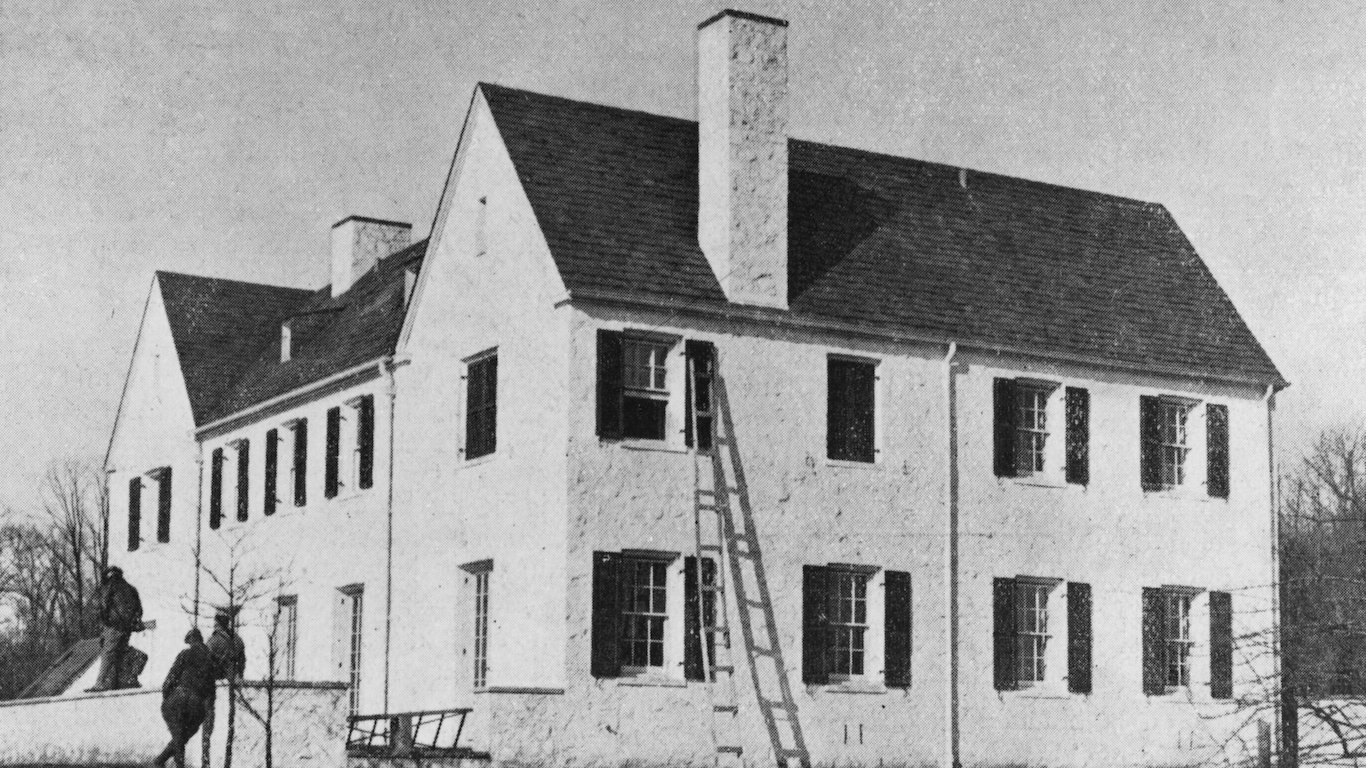
One of the most famous major cases in FBI, if not American, history is the Lindbergh Kidnapping. On March 1, 1932, the son of world-famous aviator Charles Lindbergh was kidnapped from his crib in the family’s New Jersey home. Though searches for the child began immediately, the boy’s body was found over two months later on the side of a nearby road.
The FBI was on the case, and two years later, a German immigrant named Bruno Richard Hauptmann was arrested for the crime. Though he was found guilty he maintained his innocence. Nevertheless, Hauptmann was executed via the electric chair in 1936. Though the FBI ostensibly solved the case, rumors still abound. Due to bad policework and Lindbergh’s interference in the investigation, some still speculate that Hauptmann was innocent and the crime’s true mastermind was never found.
The Osage Murders
Another one of the most famous major cases in FBI history is the Osage Murders. After oil was discovered in the late 1800s on the Osage Indian Reservation in Oklahoma, treachery began. Due to their “head rights,” members of the reservation became fabulously wealthy due to the discovery of oil. Word of this, however, also brought parasites and opportunists willing to do anything to separate the natives from their newfound money.
What followed was called the Reign of Terror, after dozens of residents turned up dead. What’s more, anyone asking questions about the series of inexplicable murders or bringing forth evidence was met with death threats or even killed. The young FBI was called in and over time, narrowed down the suspects to one William Hale, a cattleman in the area. Eventually, the feds were able to gather enough evidence on Hale and convicted him, along with some of his henchmen.
Patty Hearst
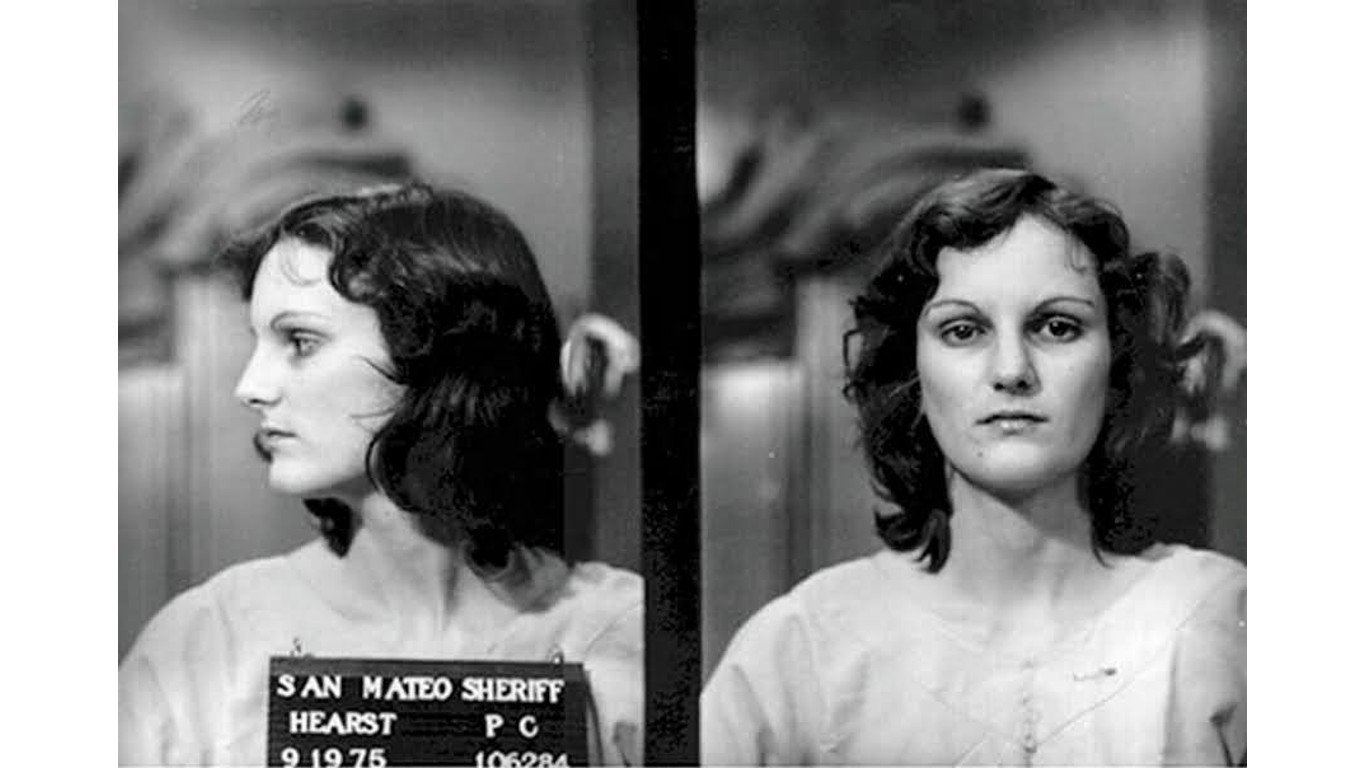
Another one of the most famous, and possibly the strangest, major case in FBI history is that of Patty Hearst. In February of 1974, a group of people burst into an apartment in Berkeley, California, and kidnapped the granddaughter of wealthy newspaper tycoon William Randolph Hearst. They called themselves the Symbionese Liberation Army (SLA) and their plan to get the nation’s attention worked spectacularly.
Soon, the group of domestic terrorists began making bids for ransom. They also claimed that young Patty Hearst had joined their cause. It seemed believable, too, as a few weeks later Hearst was spotted armed and barking orders during one of the group’s bank robberies. Members of the group were eventually tracked to Los Angeles, with most dying in a standoff against police. Hearst and other members were soon captured in San Francisco. Even though she claimed to be brainwashed, the jury found her guilty and sentenced Hearst to seven years in prison. Later, President Jimmy Carter commuted her sentence and pardoned her.
Weinberger Kidnapping

One of the lesser-known but famous in its day major cases in FBI History is the Weinberger Kidnapping. On July 4, 1956, one-month-old Peter Weinberger was kidnapped from his Long Island home. His mother found a ransom note in his carriage demanding $2,000. Thus began one of the more tragic cases in FBI history.
Unlike the Lindberghs, the Weinberger family was normal and middle class. More ransom requests followed, but each time the kidnapper failed to collect. The FBI got involved and matched handwriting from one of the ransom notes with writing in the probation file of one Angelo LaMarca.
The feds quickly confronted him and he protested innocence until confronted with the handwriting samples. He admitted to the crime, led authorities to the body, and was eventually sentenced to death. Due to the circumstances of this case, President Eisenhower signed legislation reducing the FBI’s waiting period for investigating a kidnapping from 7 days to just 24 hours.
Richard Floyd McCoy, Jr.

Another one of the most famous major cases in FBI history is that of hijacker Richard Floyd McCoy. On April 7, 1972, a man holding a hand grenade hijacked United Airlines Flight 855. He handed the plane staff notes with explicit instructions to land in San Francisco and load the plane with cash and parachutes. After the handoff was made, the man instructed the pilot to fly over a certain part of Utah. It was there that he jumped out of the plane with the money.
After that, the FBI quickly got on the case. Though they didn’t turn up much in the area where the hijacker jumped, soon they received a tip about a man with a “fool-proof” hijacking plan named Richard Floyd McCoy, Jr. After matching eyewitness descriptions and handwriting examples, the FBI arrested McCoy at his Provo, Utah home. Though he professed innocence, he was convicted and received a 45-year sentence. The circumstances of the crime have led many to speculate that McCoy was responsible for the infamous unsolved D.B. Cooper hijacking in 1971.
JFK Assassination
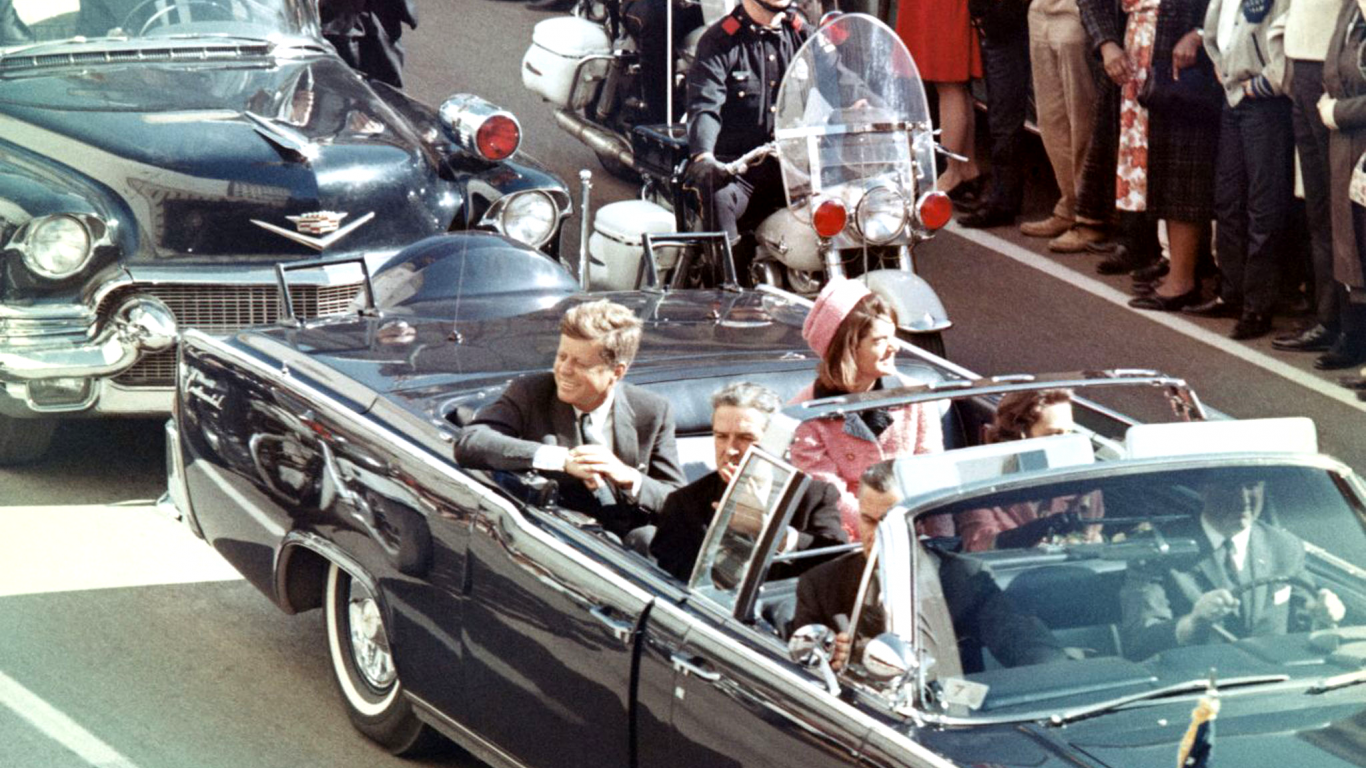
Quite possibly the most famous major case in FBI history, and the mother of all conspiracies, is the JFK Assassination. During a visit to Dealey Plaza in Dallas, Texas, President John F. Kennedy was shot and killed. Soon after, police traced Lee Harvey Oswald to a movie theater where he got into a shootout with police before being captured. Before he could attest to the assassination, Oswald was murdered by Jack Ruby during a transfer from the police station.
What followed was arguably the largest and most protracted FBI investigation in American History. After conducting nearly 25,000 interviews and chasing down just as many leads, the FBI concluded that Oswald acted alone in the assassination. The Warren Commission agreed, however, rumors still abound. As to Oswald’s suspicious connections with American intelligence apparatuses, as well as conflicting eyewitness reports of the shooting, the truth may never be known. (For more American-based crimes, discover the most infamous crimes committed in every state.)
